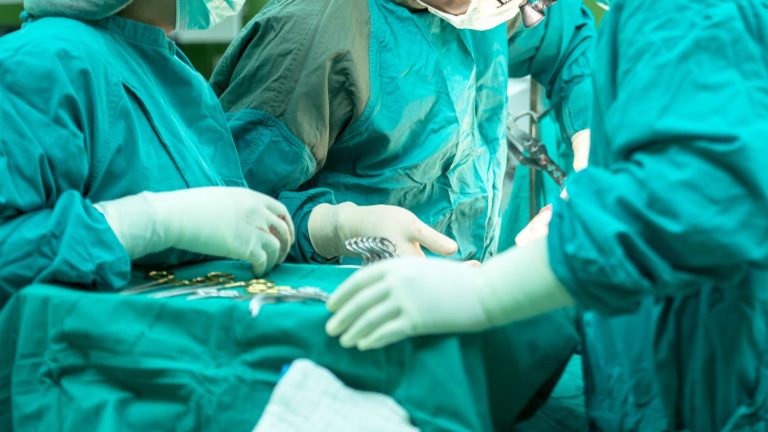Is the da Vinci robot a robot? And when medical robots will replace surgeons: Wprost talks about science and medicine

Today, it is impossible to imagine performing certain operations without the help of the da Vinci robot. However, da Vinci is not actually a robot – says prof. Mariusz Olszewski, long-time director of the Institute of Automation and Robotics, Faculty of Mechatronics, Warsaw University of Technology. What is da Vinci in reality and will robots learn to replace surgeons, nurses and accompany patients?
Robots began to be created in the 1960s. Ideas to apply them in medicine, especially in surgery, appeared very quickly. Primarily in situations where it is difficult for the surgeon to be at the site of surgery or it is dangerous to be there (e.g. on the battlefield). The robot was supposed to reach where humans cannot.
Today, medical robots are most often used in surgery. – First of all, we must realize that the da Vinci robot is not a real robot. In fact, it is a teleoperator controlled from the outside by a human – explains Prof. Mariusz Olszewski. However, surgical robots (not only da Vinci) have become so popular in medicine that without them it would not be possible to perform many surgeries. Their advantages include precision, minimal invasiveness, the ability to observe the operating field under high magnification, eliminating hand tremors, and a greater range of hand movements.
– When we started working on robots in the 1990s, we did not imagine that the demand for medical robots could develop so much. In 2024, the global medical robotics market is approximately USD 16 billion, and by 2029 it will increase to USD 34 billion – says Prof. Olszewski.
At the beginning of the 21st century, the first operation across the Atlantic was performed using a robot: however, it turned out that it was still too early for operations at such a distance due to delays in data transmission, which could pose a danger to the patient. However, engineers are constantly working on new, more improved versions of robots.
Not only for surgery
Surgery is not the only application of robots: rehabilitation robots, for example, are very popular. – Thanks to them, we can, for example, remotely conduct exercise therapy for a patient in his or her home from the hospital, checking whether the movements are performed correctly – says Prof. Olszewski.
Another type of robots that work well in medicine are robots that assist e.g. older people, children in hospitals, and children with disabilities. Usually these are the so-called humanoid robots.
Chances for Polish jobs?
Prof. Olszewski points out that in Poland, work has been carried out for many years on the creation of modern rototic systems. However, they usually ended with academic ideas. – From 1989 to today, there were basically no opportunities to implement these new solutions – notes Prof. Olszewski.
However, Polish robots work very well in rehabilitation.
Robot instead of doctor
Is there a chance in medicine for fully independent robots to be able to perform surgeries? – I don't see any possibility that robots will ever replace doctors, but they already support the work of surgeons very effectively: thanks to this, surgeries can be performed much more precisely. Moreover, the robot is never tired and does not have to go to sleep. Therefore, robots will help us to the greatest extent possible that we can imagine – says Prof. Olszewski.
Listen to the entire conversation between editor Krzysztof Michalski and prof. Mariusz Olszewski:






